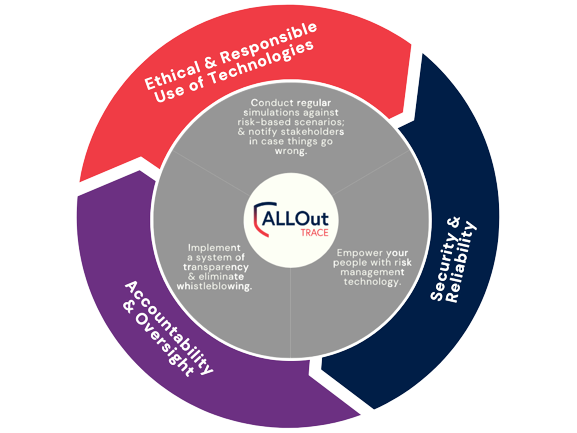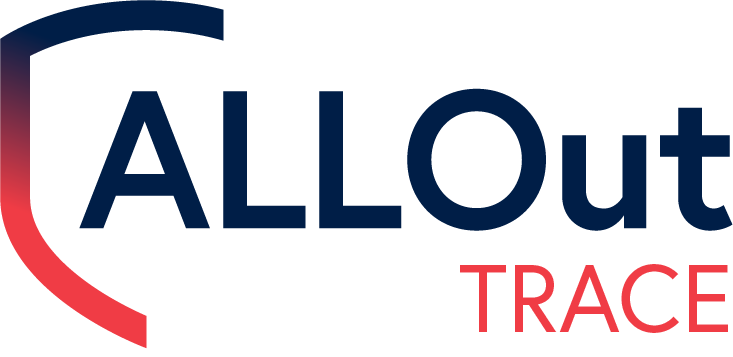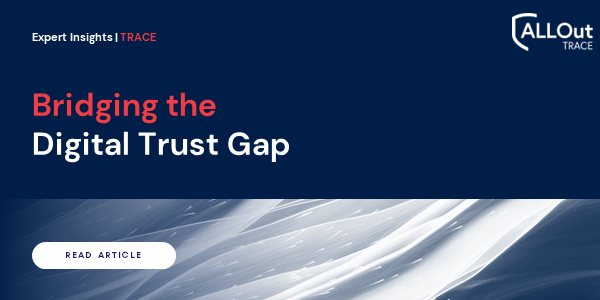Digital trust is an asset gaining wide currency with benefits that we can all agree on. Efforts made to mitigate risk related to consumer privacy, security, audit, and compliance ensure that people and organizations are protected. Data is at the core of these initiatives, and making sure that it is in the right hands is paramount. How? By setting goals towards building a data-centric strategy that is transparent, reliable, and consistent. What follows is a design approach that can be adapted to any business model, regardless of where each organization is on their digital trust journey, from initial steps to filling in the gaps.
A Bird’s-Eye View:
Having “confidence in the relations, interactions and transactions among providers and consumers within an associated digital ecosystem” is how ISACA defines digital trust. A goal set for decision makers around the globe to take actionable steps that ensure data technologies best serve all stakeholders.
Digital Trust in Perspective:
With such a broad goal it is easy to overlook what digital trust looks like for each division of the business, and what steps are needed. Focusing on the three pillars of digital trust will help to clarify what is expected from IT audit, governance, security, risk, and privacy leaders:
Security and Reliability
Security and reliability are vital when establishing digital trust, meaning that organizations must consider whether their data and processes are sufficiently protected and resilient.
With the evolving risk landscape playing out globally, it can be tricky knowing what threats to look out for when it comes to protecting critical data. In the current age of heightened insider threat and cyberattacks, starting from the inside is crucial. According to the World Economic Forum, 97% of cyber threats target human error, which implies that your organization's greatest vulnerability lies within. Avoiding financial loss and reputational damage depends on how solid your insider threat strategy is in terms of security controls, and alerts.
Call to Action: Empower your people with smarter, reliable technology to help them deliver an internal risk-management strategy that supports operational resilience.
Accountability and Oversight
Meeting digital trust objectives has as much to do with making sure that regulations and processes are followed correctly as it does with security. Both internal and external auditors need audits and reports that document accountability among employees targeting how data is accessed, used, and managed. Once again, the challenge is knowing what to look for.
An efficient governance strategy should include intelligent technologies (AI) that detect audit and compliance concerns outlined by changing legislation including the Digital Operations Resilience Act (DORA), and the Cyber Incident Reporting for Critical Infrastructure Act (CIRCIA).
Call to Action: Having a system of transparency in place that automates accountability and oversight, eliminates the stresses of whistleblowing imposed on an entire workforce.
Ethical and Responsible Use of Technologies
The digital trust initiative has shined a spotlight on consumers, and their personal data rights. As organizations work to maintain a competitive advantage, they are having to rely more on technology and people's data to support business objectives. You may remember a time when you would walk into a bank and talk to a teller about getting a loan – today, we rely on digital applications to manage our finances. As such, while technologies and personal data use evolve, so does the ethical responsibility and accountability that organizations have when it comes to safeguarding the essentials. We all have a stake in advancing digital trust, which as an initiative can only be achieved through collaborative efforts.
Call to Action: Implement the required safeguards, conduct regular simulations against risk-based scenarios, and develop a clear communication strategy to notify stakeholders in case things go wrong.




